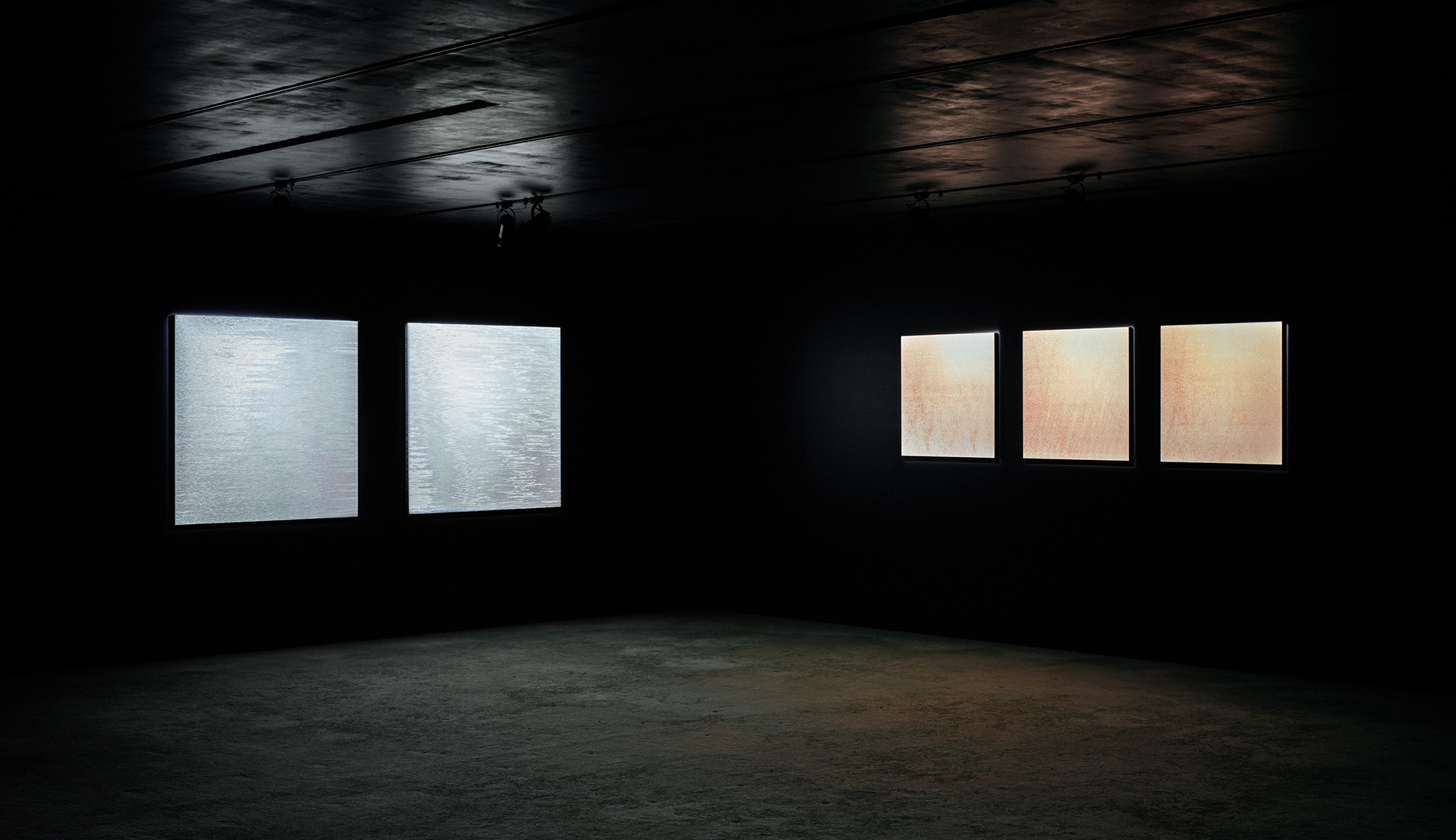ARCHIVE
HOUSE of HOSOO Blossom
- Dates
- 6 April – 26 May 2024
- Hours
- 10:30–18:00
(Admissions close 15 minutes prior to closing time)
Closed on public holidays.
- Admissions
- Free
HOSOO Co., Ltd. is pleased to present HOUSE of HOSOO Blossom, a new art piece by HOUSE of HOSOO, a textile production center located in Kyoto’s Nishijin district. The house is a place of creation where artisans research innovative dyeing and weaving expressions while carrying on the 1200-year history of Nishijin textile. HOUSE of HOSOO Blossom is an exhibition series presenting one-of-a-kind art pieces produced by HOUSE of HOSOO through textile expression techniques discovered through the exploration of dyeing and weaving and through the use of rare plants for dyeing.
“Blossom” refers to a flower or a flower to bloom. Dyeing has the magical power to reproduce flowers’ colors. Dying yarn from tree trunks, branches, or bark sometimes gives it the colors of the blossoms when the tree is in bloom. Interestingly, these colors cannot be obtained from the actual petals. Cherry blossom dyeing, in particular, can produce the blossom color only when using the tree bark and branches gathered before the tree blooms. The resulting color also varies depending on the dyer’s sensibility. Flower colors are incredibly unique, obtained through an intricate mix of different conditions and luck.
The color of the art piece on view derives from our encounter with a 180-year-old weeping cherry tree. The old tree, designated as a natural monument in Nihonmatsu, Fukushima Prefecture, was pruned, and we were given with its valuable large branches. This weeping cherry tree consists of two trees inhabiting the ruins of an ancient Heian-period battlefield and is said to be an offspring of iharu Takizakura, one of the three most famous cherry trees in Japan. In 2020, HOSOO established the Historical Japanese Natural Dyeing Research Lab and has been researching to reproduce plant dyeing techniques practiced in Japan over 1,000 years ago. Using the knowledge gained at the lab, we dyed yarn with the weeping cherry tree’s branches and produced a vivid glossy color from this old tree that has lived for 180 years.
Cherry blossoms remind Japanese people of the arrival of spring and instantly makes us feel lively. On the other hand, the transient nature of the falling blossoms reminds us not only of the changing seasons but also of something in between life and death, dreams and reality. At HOUSE of HOSOO, we have created works based on two concepts in order to express the multifaceted aspect of cherry blossoms as textiles.
Flowers blooming in different seasons teach us that time passing in nature does not advance in one direction but circulates. The textiles that capture the colors of flowers not only represent the flowers’ images from the past but also imply their circulation. At HOUSE of HOSOO Blossom, we hope to deepen our philosophical inquiry into the relationship between humanity and nature through the creation of works that incorporate flower colors and consider their cultural historical significance.
Exhibit descriptions
Blossom #1–6
The work is a reinterpretation of a textile representing the starry sky and likens a cluster of fallen cherry petals to the star-filled sky. Stars repeat the process of birth and death, and what we witness today is light from the past, decades or centuries ago. The fallen petals remind us of the time that has passed, but they are also a sign that the seasons will come full circle again. By moving back and forth between the heavens and the earth, we attempt to capture, from a grand perspective, nature’s cycle of birth and death.
Blossom #7–14
The textile considers the blooming of cherry blossoms as a medium embodying the changing of the seasons. Its pattern is created by simulating the meteorological data of the entire globe over the 180 years that the old weeping cherry tree has lived and visualizing the results using a computer program. Like the growth rings of a tree, the changes in the earth’s environment over the many years that the old tree has lived are woven as a pattern in this work.
Organizer: HOSOO Co., Ltd.
Research: Rurihiko Hara
Exhibition collaborator: Kumiko Idaka
Director: Masataka Hosoo
Photographer: Kotaro Tanaka
Advertising Artist: Akihiro Morita





